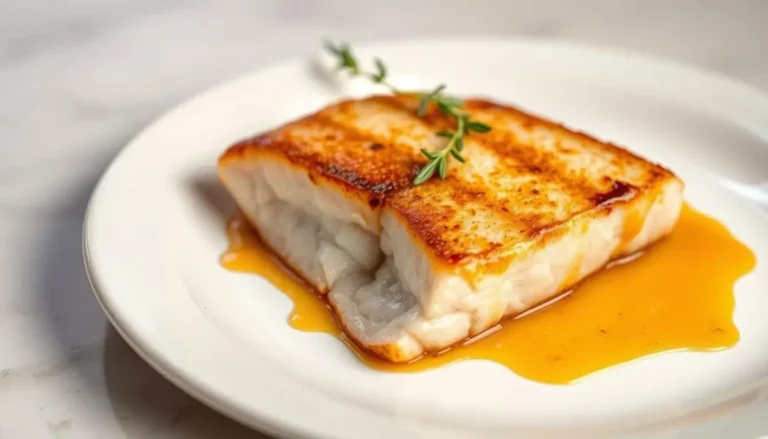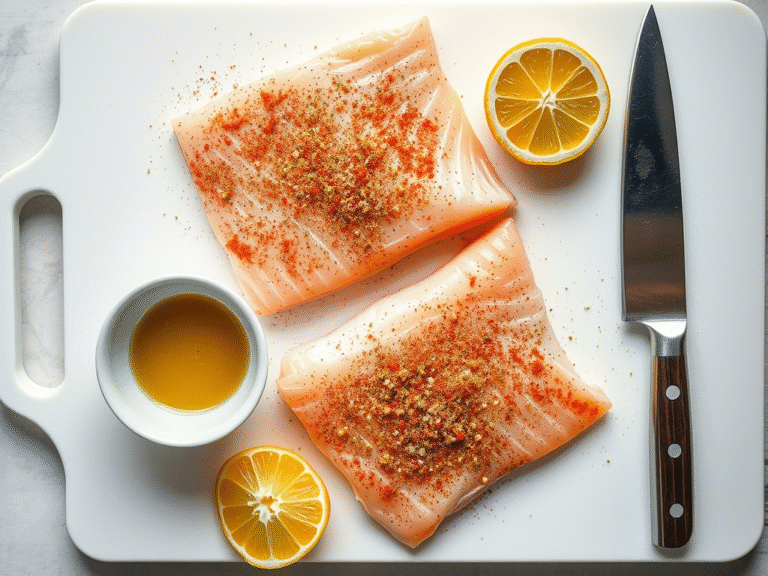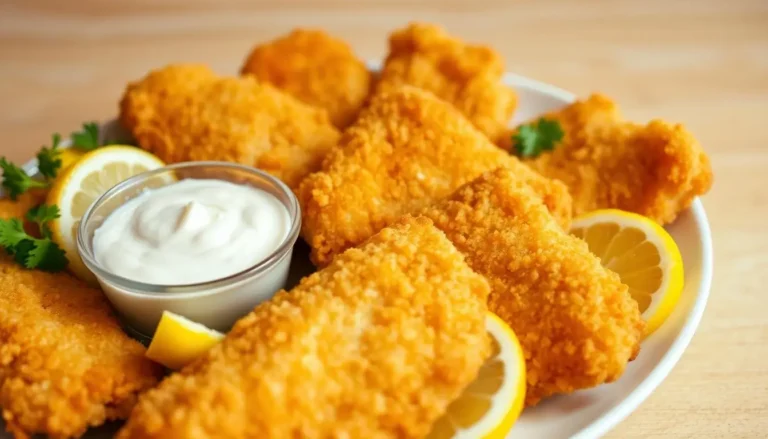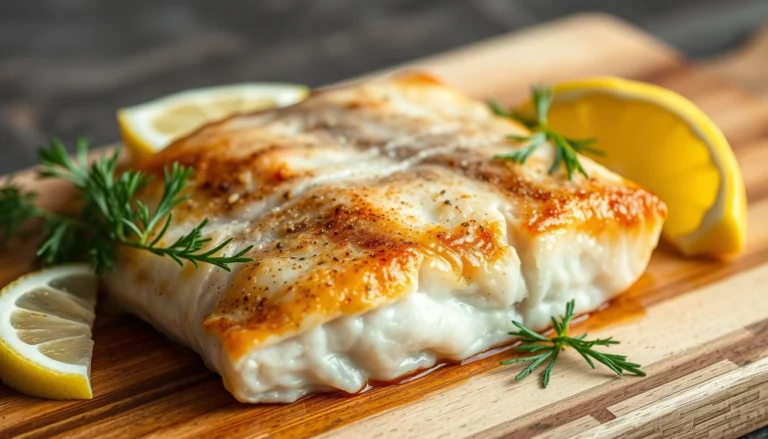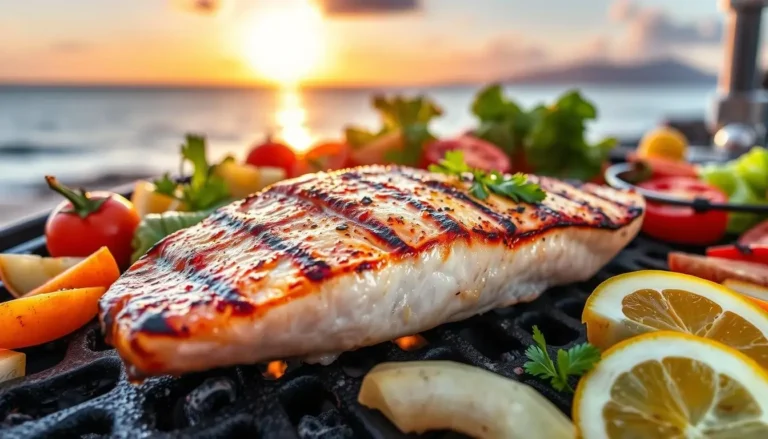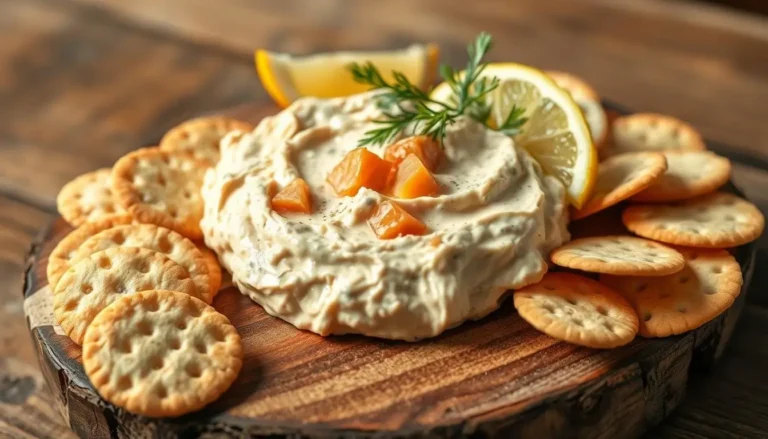Best fried whiting recipes for a crispy, delicious meal.
Table of Contents
fried whiting recipes
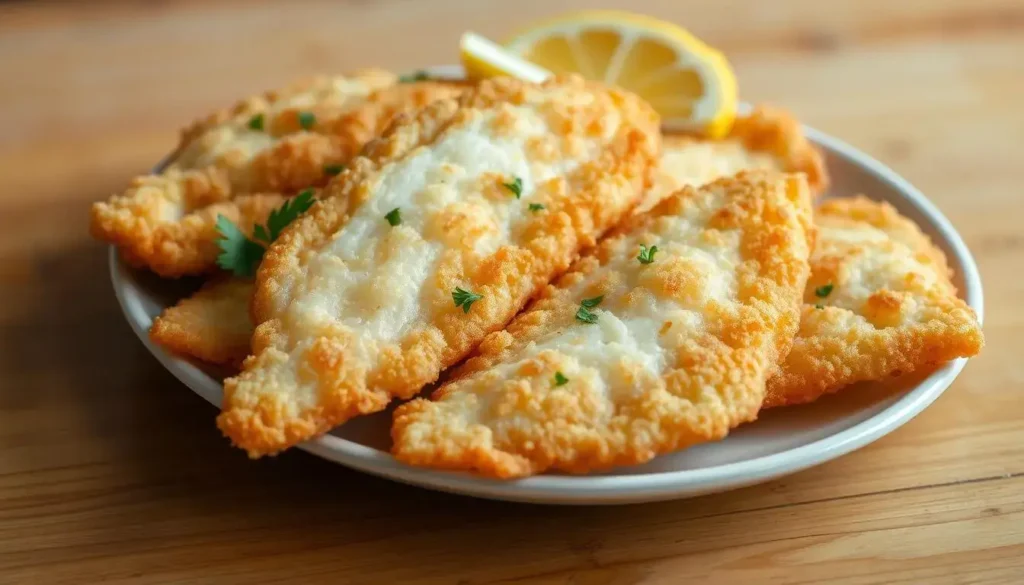
a warm summer evening, the scent of golden-brown fish wafting through the air, and the sound of laughter echoing from a backyard gathering. For many Southern families, this scene isn’t just a memory—it’s a tradition. My grandmother’s kitchen was always the heart of these moments, where she’d coat fresh-caught fish in her signature blend of cornmeal and spices, transforming simple ingredients into something magical.
That’s the beauty of these recipes. They don’t require fancy tools or hard-to-find items. With just flour, salt, and pepper, you can create a dish that feels like a hug from your childhood. The crispiness? It’s unparalleled—a flawless combination of light crunch and soft flakiness that keeps you coming back for more.
What makes this meal special isn’t just the taste. It’s the stories shared around the table, the way food bridges generations, and the pride of mastering a technique passed down through time. Whether you’re new to cooking fish or looking to revive old traditions, these recipes promise more than dinner—they deliver an experience.
Key Takeaways
- Discover classic Southern techniques for achieving perfectly crispy fish every time.
- Learn how basic pantry staples like cornmeal and flour create gourmet-quality results.
- Explore the cultural roots of fish fry traditions and their lasting appeal.
- Master cooking times to ensure golden-brown perfection in under 30 minutes.
- Discover strategies for achieving the ideal contrast—crispy exterior paired with tender, flaky flesh.
Introduction to Southern-Style Fried Whiting
What transforms a humble fish into a cultural icon? The answer lies in Southern tradition. For generations, coastal communities have turned simple catches into cherished meals through resourcefulness and shared knowledge. This culinary legacy thrives in family kitchens and church potlucks alike.
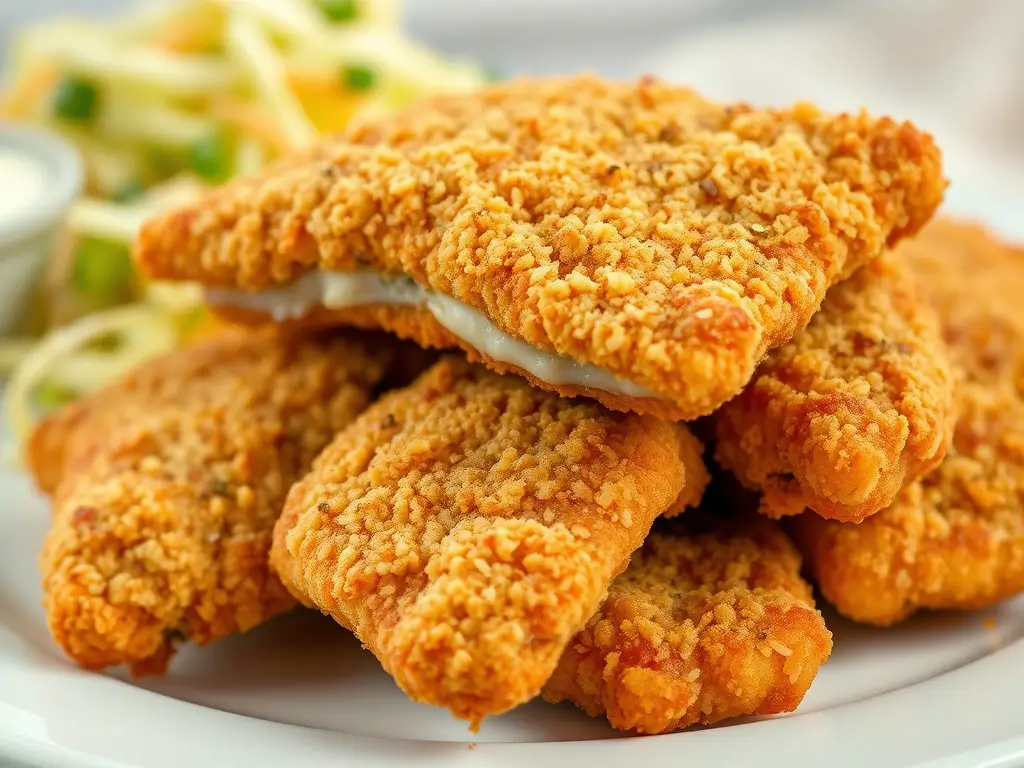
History and Cultural Significance
Social gatherings centered around fish fries became integral to community life following the Prohibition era. Families stretched tight budgets by coating fresh catches with pantry staples like flour and pepper. These meals weren’t just about sustenance—they celebrated resilience and community bonds.
A 2019 Washington Post article highlighted how these traditions helped preserve West African cooking techniques. Enslaved people adapted frying methods to local ingredients, creating dishes that still define Southern cuisine today.
What Makes Southern Recipes So Memorable
The magic happens when basic elements create extraordinary results. Crispy exteriors give way to moist flesh through precise heat control. You taste history in every bite—the smoky cast iron skillet, the rhythmic sizzle of oil, the laughter around crowded tables.
These recipes endure because they’re more than instructions. They’re time capsules. Mastering the technique connects you to countless cooks who turned scarcity into abundance, one golden fillet at a time.
Key Ingredients and Essential Tools
Great meals start with the right foundation. For golden, crispy results, every element matters—from your spice rack to your cookware. Let’s break down what you’ll need to build flavor and texture that honors tradition.
Essential Spices & Seasonings
Keep it simple but intentional. Cornmeal and flour serve as the foundation for your coating, delivering that distinctive crunch. A 2:1 ratio works best—too much cornmeal makes it gritty. Salt and pepper are non-negotiable, but smoked paprika adds depth without overpowering.
Quality matters. Freshly ground spices release more flavor. A sprinkle of cayenne pepper can invigorate the taste buds for those who enjoy a bit of spice. Always taste your mix before dredging.
Choosing the Right Cast Iron Skillet
This tool is your secret weapon. Cast iron distributes heat uniformly, ensuring there are no soggy areas. Look for a 10-12 inch skillet with a smooth surface—it should feel heavy but manageable. Pre-seasoned options save time, but restoring vintage pieces adds character.
| Skillet Type | Benefits | Best For |
| Lodge 10.25″ | Affordable, ready-to-use | Beginners |
| Vintage Wagner | Lightweight, superior finish | Experienced cooks |
| Enameled Dutch Oven | No rust, versatile | Multi-purpose frying |
Pair your skillet with vegetable oil—its high smoke point prevents burning. Peanut oil works too, but costs more. Maintain 350°F for ideal browning. Use a thermometer; guessing leads to greasy results.
Step-by-Step Process to Prepare Your Recipe
Transform fresh fillets into golden perfection with these essential steps. Proper preparation separates good results from legendary ones. Let’s walk through each stage to build flavor and texture that sticks.
Cleaning and Seasoning the Fish
Start with cold, rinsed fillets. Pat them completely dry using paper towels—moisture ruins crispiness. Gently dust both surfaces with salt and pepper. To enhance the flavor, consider incorporating garlic powder or cayenne.
Effective Coating and Dredging Techniques
Combine 1 cup of flour with ½ cup of cornmeal in a shallow dish. Immerse each fillet in the mixture, applying pressure to ensure it sticks. Shake off excess. Let coated pieces rest 5 minutes—this prevents batter loss during cooking.
| Dredging Mixture | Texture Impact | Best Pairings |
| Flour Only | Light crust | Delicate herbs |
| Cornmeal Blend | Crunchy exterior | Spicy seasonings |
| Panko Addition | Ultra-crispy | Lemon zest |
Heat vegetable oil to 350°F in your skillet. Fry the fillets for 3-4 minutes on each side until they turn golden. Place on a wire rack instead of paper towels to preserve the crispiness. Serve immediately for maximum flavor.
Fried Whiting: The Secret to a Crispy Finish
Crispy golden perfection isn’t an accident—it’s science with soul. The magic begins with your cast iron skillet, whose even heat distribution prevents soggy spots. Preheat it slowly to create a stable cooking surface, letting the metal work its centuries-old charm.
Temperature control makes or breaks your crust. Utilize a thermometer to maintain your oil at a consistent 350°F. Too cool, and the coating absorbs grease. Too hot, and it burns before the inside cooks. Aim for a gentle sizzle when the fish hits the pan.
Resting matters. After dredging, let coated fillets sit 5 minutes. This allows the flour mixture to hydrate, creating a glue-like layer that sticks during frying. Flip only once—disturbing it too soon tears the crust.
| Common Mistake | Result | Pro Fix |
| Overcrowding skillet | Steaming instead of frying | Cook in batches |
| Wrong oil type | Smoky kitchen | Use vegetable or peanut oil |
| Skipping rest time | Coating falls off | Let dredged fish sit |
Accompany your crispy fillets with a tangy homemade tartar sauce. The acidity cuts through richness, balancing each bite. For extra crunch, add a teaspoon of cornstarch to your dredge—it’s a trick Southern cooks swear by.
Comparing Pan Frying vs. Deep Frying Techniques
What technique delivers that satisfying crunch without the fuss? Choosing between pan frying and deep frying affects everything from texture to cleanup. Each technique has its perks, but your goals—healthier meals, faster prep, or maximum crispiness—will steer your decision.
Benefits of Pan Frying in a Cast Iron Skillet
Pan frying shines when you want crispy results with less oil. A cast iron skillet’s even heat distribution prevents hot spots, giving you a uniform crust. You’ll use about ¼ cup of oil instead of quarts, making it a lighter option.
The skillet’s natural non-stick surface means easier flipping. Thinner fillets cook perfectly in 6-8 minutes total, retaining moisture better than deep-fried versions.
Oil Temperature and Frying Time Insights
Keep your oil between 350-375°F for ideal results. Too low (under 325°F), and the coating absorbs grease. Too high (over 400°F), and it burns before the inside cooks through.
Pan frying typically takes 3-4 minutes per side. Deep frying cooks faster—2-3 minutes total—but requires more attention to temperature swings. Use a thermometer to stay precise.
| Method | Oil Needed | Optimal Temp | Time Per Batch |
| Pan Frying | ¼ cup | 350°F | 6-8 minutes |
| Deep Frying | 4-6 cups | 375°F | 2-3 minutes |
For thicker fish cuts, add 1-2 minutes to pan frying times. Let cooked pieces rest on a wire rack to preserve crunch. Your choice depends on priorities: speed vs. health, convenience vs. tradition.
Serving Suggestions and Pairing Ideas
The right accompaniments turn a simple meal into a celebration. Crispy golden fillets shine brightest when paired with vibrant sauces and sides that balance richness with freshness. Let’s explore combinations that elevate every bite.
Delicious Sauce Options and Side Dishes
Homemade tartar sauce adds tangy contrast—mix mayo, pickles, and lemon juice. For heat lovers, blend hot sauce with melted butter and garlic. A bright lemon-dill yogurt dip cuts through the oil beautifully.
Classic sides complete the experience. Creamy coleslaw brings crunch, while seasoned fries offer salty satisfaction. Try quick-pickled vegetable slices for a refreshing twist. Hushpuppies stay warm in the oven until serving time.
Building a Tasty Fried Fish Sandwich
Stack crispy fillets between slices of toasted whole wheat bread, accompanied by fresh lettuce and slices of tomato. Apply tartar sauce on both buns to enhance the flavor. Add a spoonful of slaw for texture contrast—it takes 5 minutes to prepare.
Need this recipe for later? Use the print recipe button to save it instantly. For gatherings, set up a DIY sandwich bar with fixings like pickled onions and avocado slices. Pair with sweet tea or a cold beer for authentic Southern vibes.
Recipe Variations and Special Tips
Your kitchen becomes a culinary laboratory when you start experimenting with these crispy fish variations. Whether accommodating dietary needs or personal preferences, small tweaks can transform the dish while keeping its soul intact.
Gluten-Free Adaptations
Swap regular flour with a 1:1 gluten-free blend for celiac-friendly results. Add 1 tsp xanthan gum per cup to prevent crumbling. Rice flour creates an ultra-crisp texture but requires 2 extra minutes minscook time to brown properly.
| Flour Alternative | Texture | Best For |
| Almond flour | Nutty, delicate | Low-carb diets |
| Rice flour | Glass-like crunch | Tempura-style |
| GF all-purpose | Traditional feel | Family meals |
Customizing Seasonings to Suit Your Taste
Adjust pepper levels from mild to fiery. Try smoked paprika or cayenne for heat. For citrus lovers, mix lemon zest into the dredge. Cod works beautifully if you prefer firmer flesh—reduce cook time minutes minscook by 60 seconds.
Create signature blends using this ratio:
- Savory: 2 portions garlic powder + 1 portion onion powder
- Zesty: 1 tsp lemon zest seasoning + ½ tsp dill weed
- Bold: 1 tablespoon of Cajun spice blend + a quarter teaspoon of thyme
Store mixes in airtight jars for future recipes. Test small batches first—seasoning intensity triples when fried.
Conclusion
Mastering this dish bridges generations through crispy perfection and shared stories. You’ve learned how a cast iron skillet ensures even cooking, why 350°F oil creates golden crusts, and how simple flour blends transform fresh catches. These techniques prove gourmet results need only pantry staples and patience.
The beauty lies in simplicity. With just cornmeal, pepper, and 20 minutes, you create meals that spark conversations. Adjust seasoning blends or swap cod for variety—every tweak makes the recipe uniquely yours.
Now it’s your turn. Share photos of your golden fillets using #SouthernFishFry. Tag us to feature your twist on this classic. Want more time-tested recipes? Join our newsletter for weekly inspirations delivered fresh.
Whether reviving family traditions or starting new ones, this dish delivers more than flavor. It’s edible history—one crunchy, tender bite at a time.
FAQ
What’s the best oil for frying whiting ?
Use oils with high smoke points like vegetable, peanut, or canola. These handle high heat without burning, ensuring a golden, crispy crust.
How do I prevent the coating from becoming soggy ?
Pat the fish dry before dredging, maintain oil at 375°F, and avoid overcrowding the pan. Let excess batter shake off for an even fry.
Can I make this recipe gluten-free ?
Yes! Swap all-purpose flour for almond flour or fine cornmeal. Double-check seasoning blends to ensure they’re gluten-free.
What spices pair well with Southern-style seasoning ?
Paprika, garlic powder, and cayenne add depth. Adjust cayenne for heat preference, and balance with a touch of lemon zest.
Why use a cast iron skillet?
Cast iron retains heat evenly, creating a consistent fry. Its natural non-stick surface helps achieve that signature crunchy texture.
What sides complement this dish?
Serve with tangy coleslaw, buttery cornbread, or seasoned fries. A drizzle of hot sauce or remoulade adds extra zing.
Pan frying vs. deep frying—which is better?
Pan frying uses less oil and offers crisp edges, while deep frying cooks faster with uniform results. Choose based on texture preference.

